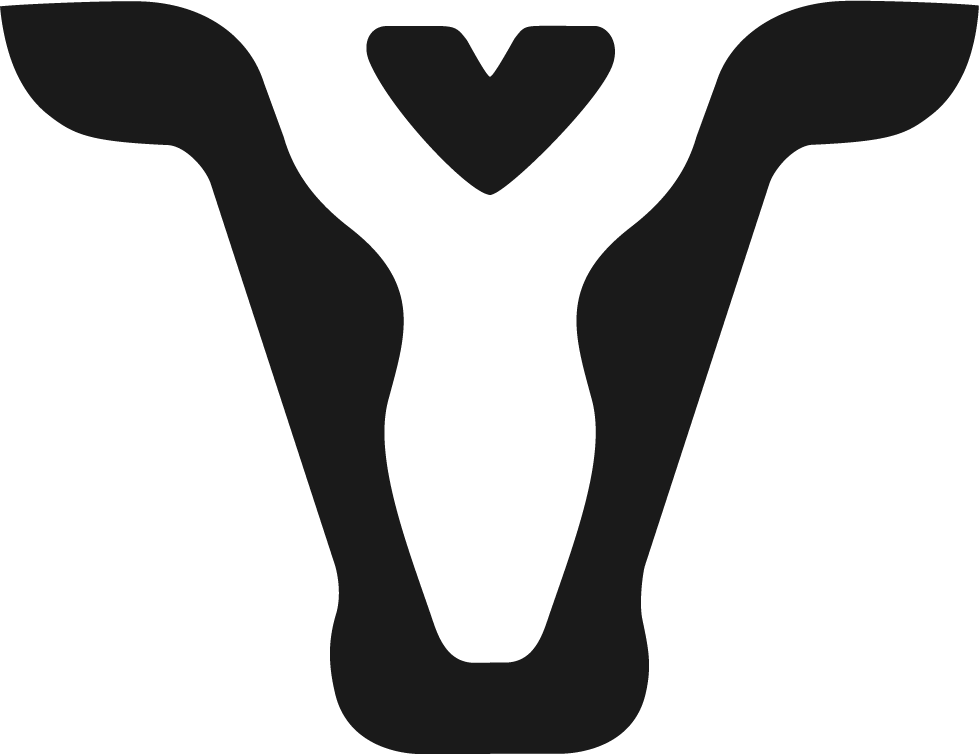BIAV Outbreak in Dairy Cattle
***Beginning on April 29, 2024, the USDA is requiring testing of lactating dairy cows moving across state lines. All lactating dairy cows crossing state lines must have a negative Influenza A test before we can issue a Certificate of Veterinary Inspection. The test is conducted on milk samples, which must be collected by an accredited veterinarian or specially designated on farm personnel. Dry cows and heifers are currently exempted from this requirement.***
USDA Guidance on BIAV Testing Requirements
A novel disease of dairy cattle has affected dairies across several states recently. Testing has identified what is now called Bovine Influenza A Virus (BIAV) as the probable cause. BIAV is also sometimes referred to as Highly Pathogenic Avian Influenza (HPAI) or H5N1. Although no cases have been detected in Wisconsin at this time, the situation is changing daily. Our team is monitoring the outbreak closely and is working hard to keep our clients updated and prepared. Reach out to VVC or your herd health veterinarian if you have questions or concerns.
Although not fatal to cattle, the disease has been seen to cause severe economic losses in affected herds. The most common symptoms are reduced feed intake, decreased rumination time and milk loss, particularly in older cows. Some affected cows also exhibit fever, elevated SCC, dry or tacky manure, and thick milk resembling colostrum in one or more quarters. Affected herds tend to see a large percentage of their cattle affected in a short period of time. Contact your veterinarian if you have cows exhibiting these signs.
There are no known risks from beef or pasteurized dairy products from cows infected with BIAV. Human cases of BIAV are rare. Most cases develop through direct contact with infected animals and show mild, flu-like symptoms. Basic preventive hygiene is recommended, including wearing clean gloves and thoroughly washing hands after working with cattle and before eating food.
The disease is believed to have entered dairy cattle from wild birds, although it seems to spread between cows as well. Dairies are encouraged to take steps to limit wild bird’s access to feed and cattle, and to restrict unnecessary movement of cattle onto the farm. If it is necessary to bring animals onto your dairy, it is recommended to quarantine them from the rest of the herd for a minimum of 21 days.
Measures to control wild birds include: cover feed bunks and commodity bins, clean and disinfect water troughs frequently, dispose of any dead birds, avoid grazing cattle in pasture where wild birds winter or standing water is present.
Resources
National Milk Producers Federation- HPAI- updates with new cases and state movement restrictions
USDA Recommendations For H5N1 in Livestock
USDA- HPAI Outbreak FAQs (Spanish)
